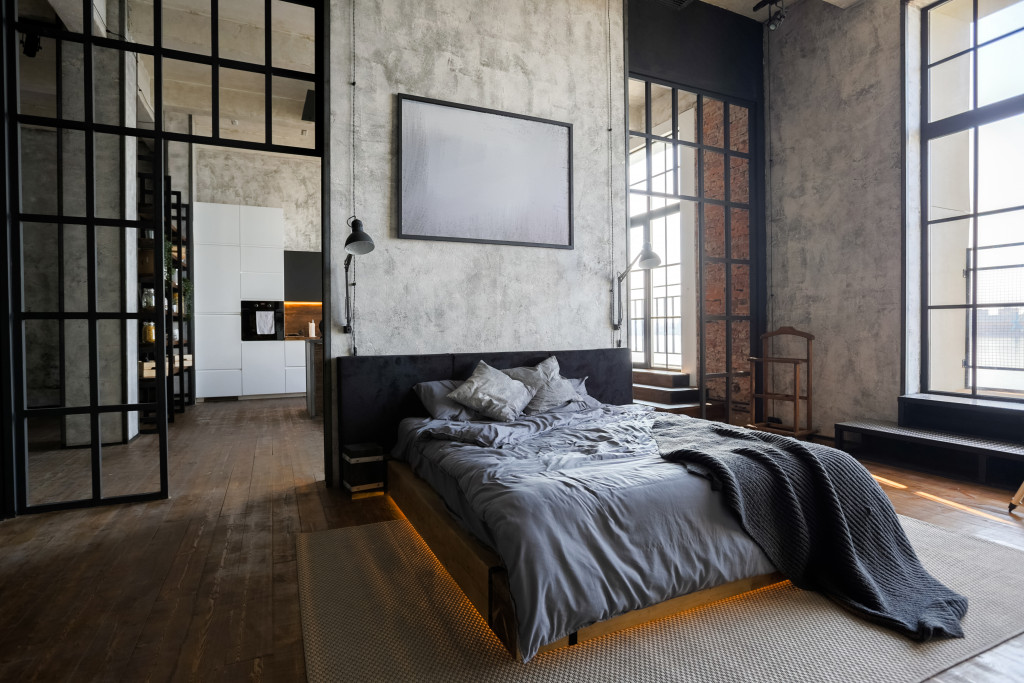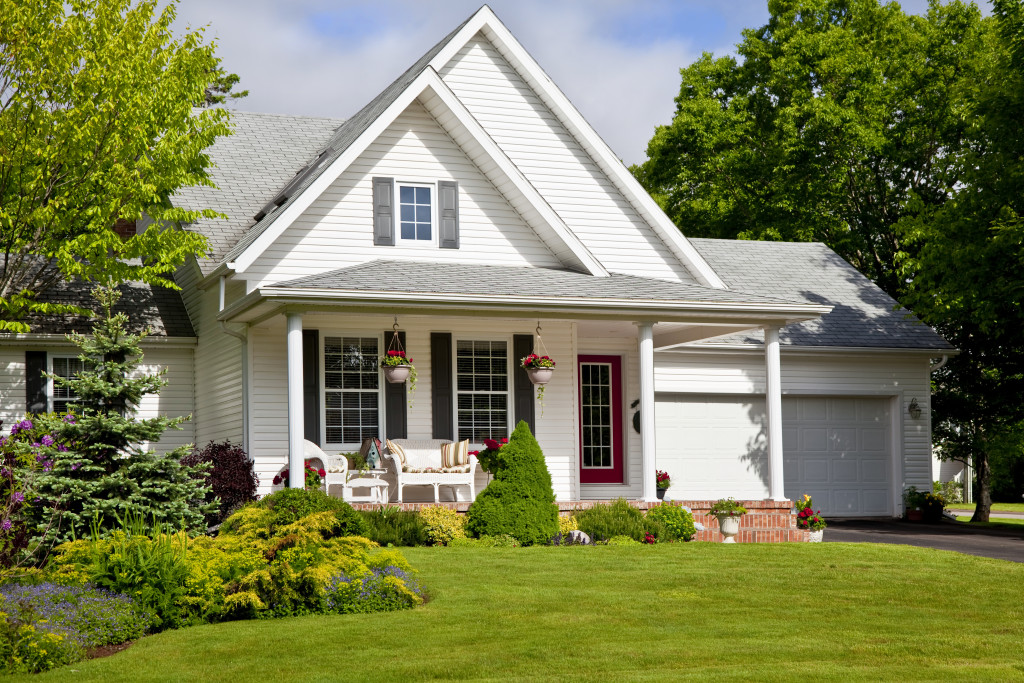- Embrace minimalism and declutter to create a space that fosters mental clarity.
- Design your bedroom for restful sleep with calming colors, comfortable bedding, and elements of nature.
- Cultivate mindful living areas free from distractions and filled with meaningful artwork.
- Introduce natural elements indoors with plants, wood furniture, and stone accents.
- Invest in your landscape design for eco-friendliness, comfort & convenience, aesthetics, and relaxation opportunities.
Your home is not just a physical space; it’s a reflection of your inner self. Creating a well-curated living environment can significantly impact your well-being, promoting calm, happiness, and productivity. By carefully arranging your living space and incorporating elements that promote relaxation and mindfulness, you can turn your home into a sanctuary that nurtures your mind, body, and soul. This guide will explore five essential tips to curate your home for optimal well-being, allowing you to experience the transformative power of a harmonious living space.
1. Embrace Minimalism and Declutter
A cluttered and chaotic living space can lead to feelings of stress and overwhelm. To promote well-being, declutter and embrace minimalism. Start by identifying items you truly cherish and those that serve a purpose in your daily life. Donate or discard things you no longer need or that don’t spark joy. A clutter-free environment fosters mental clarity, allowing you to focus on what truly matters. Invest in smart storage solutions to keep your belongings organized and out of sight, creating a serene and tranquil atmosphere.
2. Design a Relaxing Bedroom

Your bedroom is your haven for rest and rejuvenation, and its design can significantly impact the quality of your sleep and overall well-being. Choose calming colors for your bedroom walls, such as soft blues or earthy tones, to create a soothing ambiance. Opt for comfortable, high-quality bedding that invites you to sink into a restful slumber. Introduce elements of nature, such as potted plants or natural fabrics, to connect with the outdoors and promote relaxation. Consider reducing the presence of electronics in your bedroom to create a space free from distractions, fostering a peaceful and mindful bedtime routine.
3. Cultivate Mindful Living Areas
Your living areas should be designed to encourage mindful activities and social connections. Create a cozy reading nook with comfortable seating and ample natural light to indulge in books or meditation. Incorporate soft textures and warm hues to make the space inviting and comfortable for both yourself and your guests. Display meaningful artwork or photographs that evoke positive emotions and cherished memories. Consider designating a technology-free zone where you can disconnect from screens and engage in activities that nourish your well-being, such as practicing mindfulness, journaling, or yoga.
4. Introduce Natural Elements Indoors
Bringing the outdoors inside can have a profound impact on your well-being. Incorporate natural elements into your home’s decor, such as indoor plants, natural wood furniture, or stone accents. Plants not only purify the air but also add a touch of greenery that can reduce stress and promote a sense of vitality. Create a small herb garden in your kitchen or on a windowsill to enjoy the benefits of fresh herbs while cooking. Consider utilizing natural light sources whenever possible to enhance your connection with nature and boost your mood.
5. Invest in Your Landscape Design

Your home’s exterior is just as crucial as its interior regarding your well-being. A thoughtfully designed outdoor space can extend your living area, offering opportunities for relaxation, recreation, and connection with nature.
Here are the types of investments you can make for your landscape design:
Incorporate Softscape Elements
Softscaping is an important part of landscape design, as it adds texture and color to a space and helps to create a sense of relaxation. Add lush foliage, colorful flowers, or ornamental grasses for visual interest. You could also incorporate natural materials like stones in your garden beds for an eye-catching touch. These elements can be incorporated with hardscape elements to create an outdoor space that looks and feels great.
Include Structures for Comfort and Convenience
Incorporating structures into your landscape design can make the area more comfortable and convenient. If you want a cozy spot for relaxing outdoors, you could add a patio or deck where you can enjoy your morning coffee or an evening barbecue with friends. If you have children, consider adding a swing set or play structure for them to enjoy. You could also include seating areas that make gathering with family and friends easy.
Enhance the Aesthetics of Your Outdoor Space
When designing your landscape, take time to think about how you want it to look and feel. Pay attention to details like texture, color, and contrast to create a visually pleasing outdoor space. Consider accentuating elements like trees, pathways, or water features with lighting fixtures for a more dramatic effect at night. Lastly, carefully select furnishings that best suit your style and provide comfortable seating for entertaining guests outdoors.
Add a Lawn Irrigation System
Installing a high-quality lawn irrigation system is a great way to keep it looking lush and healthy. An automated system will save you time and effort as it takes care of the watering for you. It also ensures that your lawn gets the right amount of water, preventing under or overwatering. Moreover, installing a smart irrigation system can help you reduce water costs and conserve water.
Closing Thoughts
Your home has the potential to be a sanctuary that nurtures and supports your well-being. By embracing minimalism, designing a relaxing bedroom, cultivating mindful living areas, introducing natural elements indoors, and investing in your landscape design, you can create a space that promotes peace, balance, and happiness. Remember that your living environment reflects your inner world; by curating it with intention, you can profoundly impact your overall well-being. Take the time to evaluate your living space, identify areas for improvement, and start incorporating these tips to create a home that enhances your quality of life and allows you to thrive.